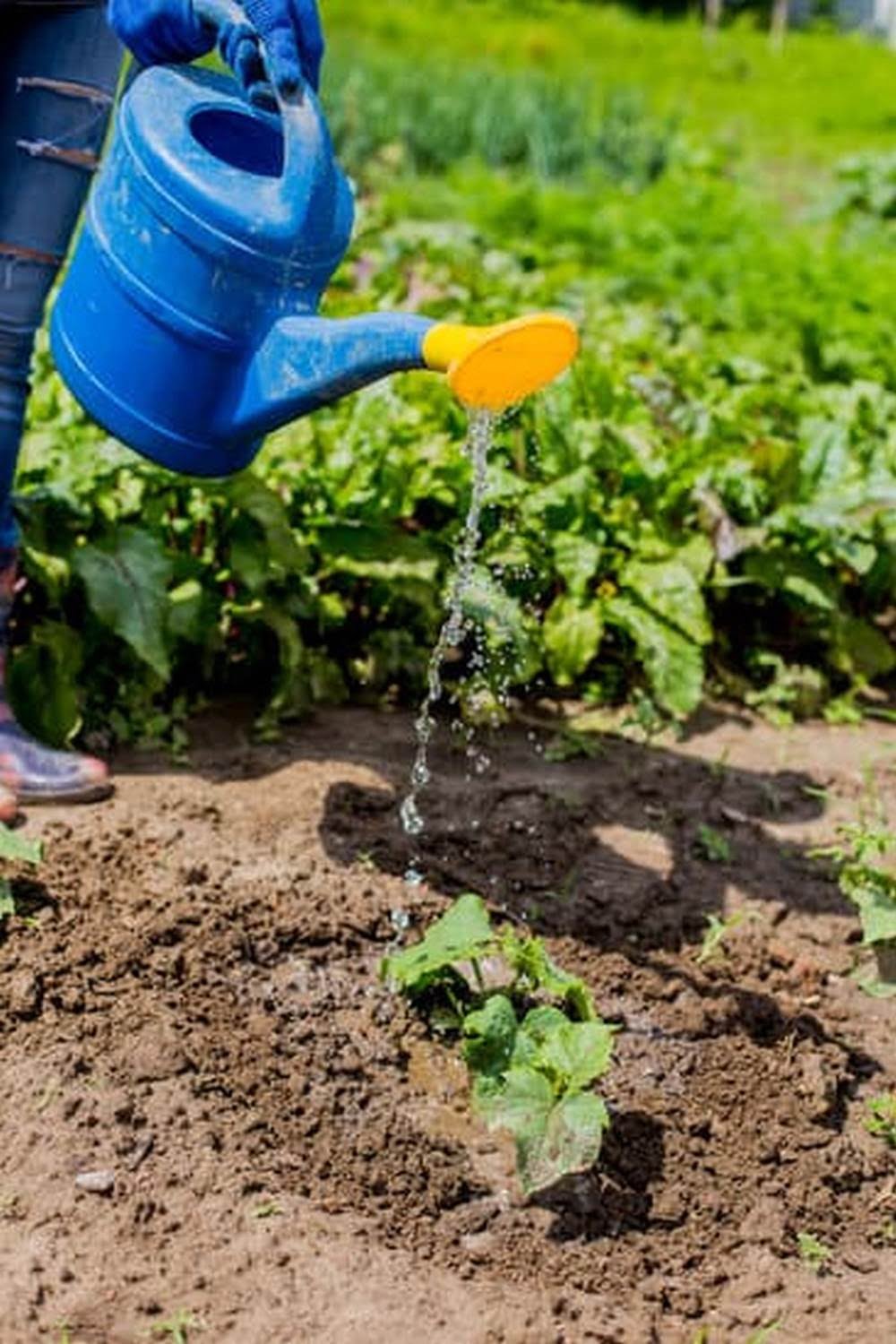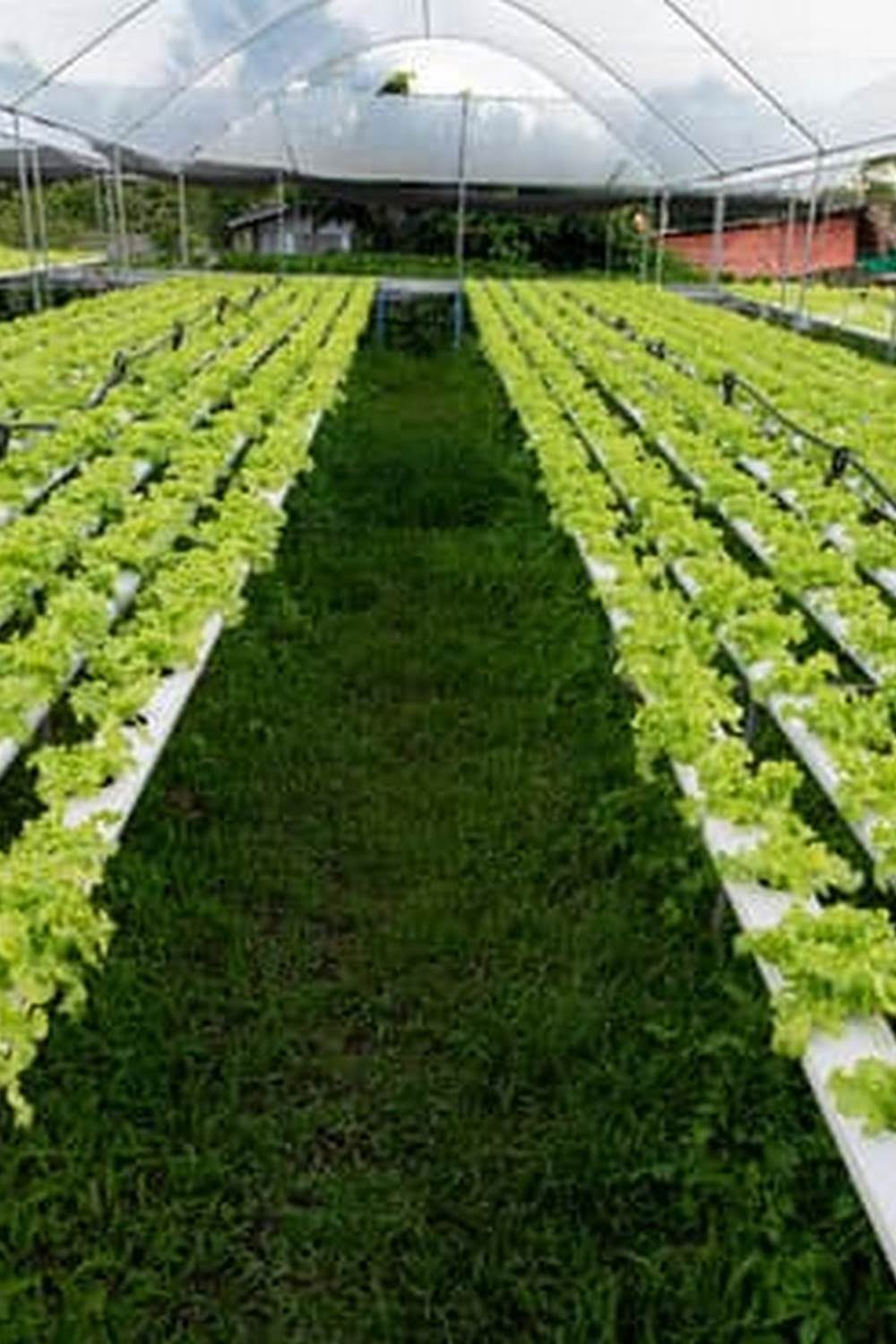Raised vegetable gardens have become increasingly popular among home gardeners, offering numerous benefits such as better drainage, improved soil fertility, and weed suppression. One key element to the success of these gardens is the use of layers, which play a crucial role in providing optimal growing conditions for vegetables. In this article, we will explore the concept of raised vegetable gardens and delve into the importance of using layers to maximize growth and productivity.
The use of layers in raised vegetable gardens offers a multitude of advantages that contribute to the overall health and yield of the plants. From creating a nutrient-rich environment to preventing waterlogging and suppressing weeds, layers are essential for ensuring the success of your garden. By understanding the benefits of using layers, gardeners can make informed choices about materials and methods that best suit their specific gardening needs.
In order to create successful raised vegetable gardens with optimal layers, it is important to choose the right materials for the job. Options include compost, straw, cardboard, mulch, and more; however, selecting the best materials for different types of vegetables is crucial for achieving positive outcomes. In the following sections, we will discuss these materials in detail and offer guidance on how to make informed decisions when building and maintaining layers in your raised beds.
Benefits of Using Layers
Raised vegetable gardens offer numerous benefits for gardeners, including the ability to efficiently utilize space, improved accessibility for planting and maintenance, and better soil quality. One of the key factors that contribute to the success of raised vegetable gardens is the use of layers. Incorporating layers in raised vegetable gardens can significantly improve soil fertility, enhance drainage, and suppress weed growth.
To better understand the advantages of using layers in raised vegetable gardens, it’s essential to consider the specific benefits that each layer provides. The top layer of mulch helps to conserve moisture, regulate soil temperature, and prevent weed growth. This can be achieved by using various materials such as straw, wood chips, or shredded leaves.
Additionally, organic matter such as compost or well-rotted manure can be used to enrich the soil with essential nutrients. These materials also aid in improving soil structure by increasing its water-holding capacity and promoting root development for plants.
Another crucial benefit of incorporating layers into raised vegetable gardens is the improvement of drainage. By adding a layer of coarse material at the bottom of the garden bed, such as gravel or pebbles, excess water can easily drain away from plant roots. This prevents waterlogged soil conditions which can lead to root rot and other issues that hinder plant growth.
Lastly, using layers for raised vegetable gardens helps suppress weed growth by blocking sunlight from reaching weed seeds and providing an additional physical barrier for unwanted plants to establish themselves in the garden bed. This reduces the need for constant weeding and maintenance while allowing vegetables to thrive in a healthier environment. Overall, incorporating well-planned layers into raised vegetable gardens offers significant advantages that contribute to successful and productive gardening experiences.
- Mulch conserves moisture
- Organic matter enriches soil with nutrients
- Coarse material improves drainage
- Layers suppress weed growth
Choosing the Right Materials
When it comes to creating layers for raised vegetable gardens, choosing the right materials is crucial to the success of your garden. Different types of materials can be used to build these layers, each serving a specific purpose in enhancing soil fertility, promoting proper drainage, and suppressing weed growth. The key to selecting the best options lies in understanding the specific needs of the vegetables you plan to grow.
Compost is a popular choice for creating the foundational layer in raised vegetable gardens. It provides essential nutrients and organic matter that are beneficial for plant growth. Additionally, compost helps improve soil structure and water retention, making it an ideal material for most types of vegetables. Straw is another useful material for creating a layer in raised beds, as it helps with moisture retention and weed suppression. It also breaks down over time, adding organic matter to the soil.
Cardboard can be used as a bottom layer to smother existing vegetation and prevent weeds from growing up into the raised bed. It eventually decomposes and becomes part of the organic matter in the soil.
Mulch, such as wood chips or shredded leaves, can be used as a top layer to help retain moisture, regulate soil temperature, and prevent erosion. When selecting these materials, it’s important to consider factors such as nutrient content, availability, cost, and the specific requirements of the vegetables you intend to grow.
In summary, understanding how different materials contribute to optimal plant growth and health is essential when building layers for raised vegetable gardens. By carefully selecting and incorporating these materials based on their specific benefits and characteristics, gardeners can ensure that their raised beds provide an ideal environment for a wide variety of vegetables.
| Materials | Benefits |
|---|---|
| Compost | Provides essential nutrients and improves soil structure |
| Straw | Aids in moisture retention and acts as a weed suppressor |
| Cardboard | Prevents weed growth by smothering existing vegetation; decomposes over time adding organic matter |
| Mulch | Retains moisture, regulates soil temperature, prevents erosion |
Building the Layers
When it comes to creating a successful raised vegetable garden, proper layering is key to ensuring optimal growth and productivity. By using layers in your raised beds, you can provide various benefits such as improved soil fertility, better drainage, and weed suppression. In this section, we will provide a step-by-step guide on how to build the layers for a raised vegetable garden, including the proper order and thickness of each layer.
The first step in building layers for a raised vegetable garden is to clear the area where the bed will be located. Remove any existing weeds or grass and loosen the soil to prepare it for the layers. The next layer should consist of cardboard or newspaper placed directly on top of the cleared soil. This will help smother any remaining weeds and create a barrier to prevent new ones from growing.
Once the cardboard or newspaper layer is in place, the next step is to add a layer of compost followed by a layer of straw or mulch. The compost will provide essential nutrients for your vegetables, while the straw or mulch will help retain moisture in the soil and prevent weed growth. It is important to ensure that each layer is applied at the appropriate thickness to achieve the desired result.
| Layer | Recommended Thickness |
|---|---|
| Cardboard/Newspaper | 1-2 sheets |
| Compost | 2-3 inches |
| Straw/Mulch | 2-3 inches |
By following this step-by-step guide and ensuring that each layer is applied correctly, you can create an optimal growing environment for your raised vegetable garden.
Best Vegetables for Raised Beds
When it comes to choosing the best vegetables for raised beds, there are several factors to consider, including the depth and spacing of the beds, as well as the specific needs of each type of vegetable. However, some vegetables are particularly well-suited for raised bed gardening and can thrive in this environment with the help of proper layering.
Vegetables That Thrive in Raised Beds
One of the best vegetables to grow in raised beds is leafy greens such as lettuce, kale, spinach, and Swiss chard. These vegetables have shallow root systems and do well in the loose, well-draining soil that raised beds provide. Additionally, root crops like carrots, radishes, and beets are also excellent choices for raised beds due to their ability to grow straight and deep without the hindrance of compacted soil.
Benefiting From Layers
The layers used in raised vegetable gardens offer numerous benefits for the growth and overall health of these selected vegetables. For example, a bottom layer of compost provides essential nutrients for plant growth, while a layer of straw or mulch helps retain moisture and regulate soil temperature. Cardboard layers can act as a barrier against weeds while allowing water and air to penetrate the soil.
Optimizing Growth and Health
These layers work together to create an optimal growing environment that promotes healthy root development, proper drainage, and weed suppression. By carefully selecting and building these layers according to the specific needs of each vegetable type, gardeners can ensure that their raised bed gardens provide the ideal conditions for successful growth and bountiful harvests.
Maintenance Tips
Maintaining the layers in raised vegetable gardens is crucial for ensuring optimal growth and productivity. Proper maintenance of the layers involves several key tasks, including watering, fertilizing, and replenishing the layers as needed. By following these maintenance tips, gardeners can create an ideal growing environment for their vegetables and enjoy a bountiful harvest.
Maintenance Tips for Raised Vegetable Gardens
- Watering: One of the most important maintenance tasks for raised vegetable gardens is regular watering. Since raised beds tend to drain faster than traditional garden beds, it’s essential to water the soil frequently to keep it consistently moist. A drip irrigation system or soaker hoses can be effective tools for delivering water directly to the roots of plants.
- Fertilizing: Adding organic fertilizer to the layers in raised vegetable gardens helps replenish nutrients that may have been depleted over time. Compost and aged manure are excellent choices for natural fertilizers that can improve soil fertility and support healthy plant growth.
- Replenishing Layers: As the organic materials in the layers decompose, they will need to be replenished periodically to maintain their effectiveness. Gardeners should add fresh compost, straw, cardboard, or mulch as needed to ensure that the layers continue to provide proper insulation, moisture retention, and nutrient availability for the plants.
By following these maintenance tips for raised vegetable gardens, gardeners can create a thriving growing environment that supports healthy plant growth and high yields. It’s important to monitor the condition of the layers regularly and make adjustments as necessary to address any issues that may arise. With proper maintenance, raised vegetable gardens can be highly productive and rewarding for gardeners of all skill levels.
Troubleshooting Common Issues
When it comes to raised vegetable gardens, layers play a crucial role in ensuring optimal growth and productivity. However, just like traditional gardens, raised beds can also face certain issues that may hinder the success of your vegetable crops. In this section, we will address potential problems that may arise with layers in raised vegetable gardens and provide solutions to overcome these challenges.
Soil Compaction
One common issue that gardeners may encounter with raised vegetable gardens is soil compaction. This occurs when the soil becomes densely packed, making it difficult for plant roots to penetrate and access essential nutrients and moisture. To prevent soil compaction, it’s important to regularly aerate the soil by gently loosening it with a garden fork or other appropriate tools. Additionally, incorporating organic matter such as compost into the layers can help improve soil structure and prevent compaction.
Nutrient Deficiencies
Another challenge that may arise in raised vegetable gardens is nutrient deficiencies. Over time, the layers of organic matter used in raised beds may break down and deplete essential nutrients, affecting the overall health and productivity of vegetable plants. To address this issue, consider regularly supplementing the layers with organic fertilizers or compost to replenish nutrients and maintain soil fertility. Conducting routine soil tests can also help identify specific nutrient deficiencies and guide you in making informed decisions about fertilization.
Proper Watering Techniques
In addition to addressing soil compaction and nutrient deficiencies, ensuring proper watering techniques is also crucial for maintaining healthy layers in raised vegetable gardens. The layers should retain moisture effectively without becoming waterlogged. Consider installing a drip irrigation system or using soaker hoses to ensure efficient water distribution throughout the layers. Monitoring moisture levels regularly and adjusting your watering schedule as needed can help prevent issues related to water retention or drainage within the layers for raised vegetable gardens.
By being aware of these potential issues and implementing proactive measures to address them, gardeners can overcome challenges associated with cultivating vegetables in layered raised beds while promoting healthy growth and bountiful harvests for their prized produce.
Success Stories
In conclusion, incorporating layers for raised vegetable gardens can lead to numerous benefits for gardeners, as evidenced by the success stories of those who have utilized this technique. The use of layers such as compost, straw, cardboard, and mulch can significantly improve soil fertility, enhance drainage, and suppress weed growth, resulting in optimal conditions for vegetable growth and productivity.
These success stories highlight how the proper selection of materials and the careful building of layers can make a significant difference in the health and yield of vegetables grown in raised beds. Gardeners have reported improved plant growth, larger harvests, and healthier plants overall when utilizing layers in their raised vegetable gardens.
As with any gardening method, it is essential to maintain the layers properly through watering, fertilizing, and replenishing them as needed. Troubleshooting common issues such as soil compaction and nutrient deficiencies is also crucial for ensuring the continued success of raised vegetable gardens with layers.
The experiences shared by successful gardeners serve as valuable inspiration and encouragement for others looking to implement this technique in their own gardens. By following best practices and learning from these success stories, gardeners can maximize the potential of their raised vegetable gardens through effective layering techniques.
Frequently Asked Questions
What Are the Best Layers for a Raised Garden Bed?
The best layers for a raised garden bed include a bottom layer of cardboard or newspaper to suppress weeds, followed by a layer of compost, topsoil, and organic matter such as straw or leaves.
What Do You Put in the Bottom of a Raised Vegetable Bed?
In the bottom of a raised vegetable bed, it is best to put a layer of cardboard or newspaper to smother existing grass and weeds. This can be topped with compost and soil to create a healthy growing environment for vegetables.
What Is the Best Layout for a Raised Bed Vegetable Garden?
The best layout for a raised bed vegetable garden is one that allows for easy access from all sides, typically in a rectangular shape. It’s important to consider the spacing and sunlight needs of different vegetables when planning the layout of the raised bed.

If you’re looking to get into vegetable gardening, or are just looking for some tips on how to make your current garden better, then you’ve come to the right place! My name is Ethel and I have been gardening for years. In this blog, I’m going to share with you some of my best tips on how to create a successful vegetable garden.





